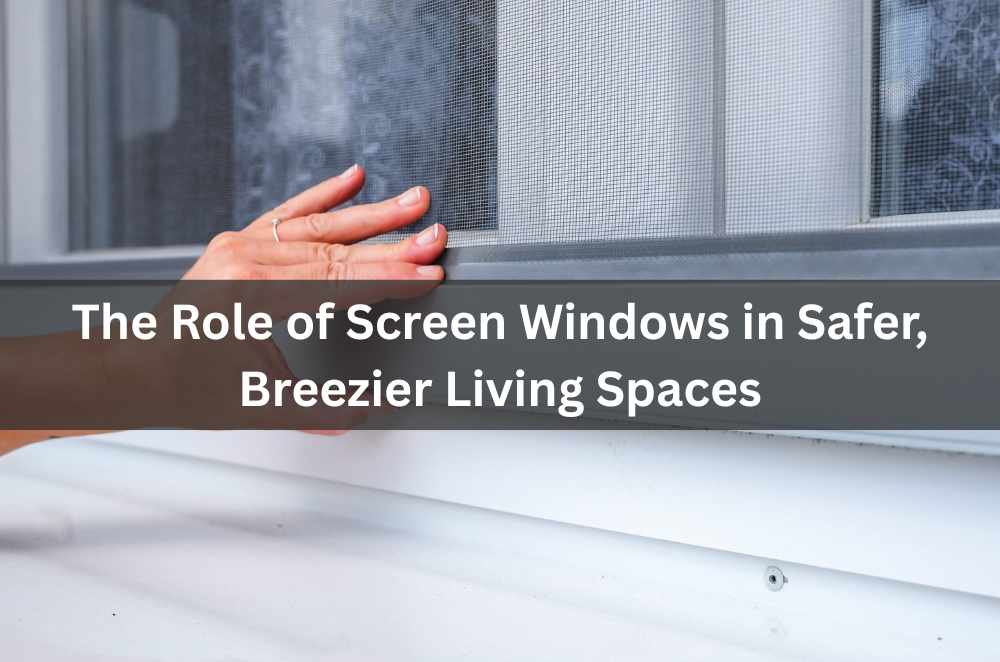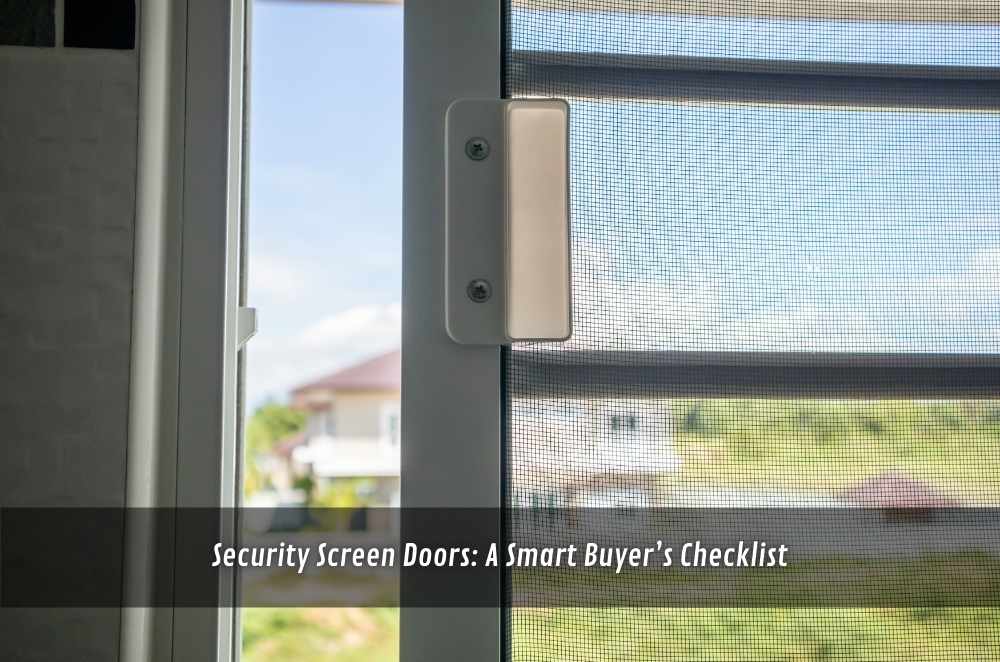
First week after a long break, the sliding door chattered on its track and left a faint rattle in the hallway. Warm air, dusty still, and a nagging thought about easy targets. We didn’t rush for new hardware; we slowed down and checked the basics: fit, mesh tension, and latch bite. That’s the spirit behind affordable security screen doors—choose parts and routines that prioritise people first, then materials, then money. Do that consistently, and the doorway feels settled, not fragile, even on windy nights and busy school mornings.
Why sliding screens can be both tough and practical
Strength doesn’t have to shout. Sliding screens earn their keep quietly when they are built and fit respect for how people actually use a doorway.
Mesh performance: High-tension weave reduces bowing and keeps sightlines open without the tinny drum sound.
Lock engagement: Multi-point throws share load across the stile, helping the door resist prying and sag.
Track behaviour: Low-friction rollers glide without wobble, reducing wear on latches and easing daily use.
Frame geometry: Boxed or reinforced profiles resist flex, so corners stay square under everyday bumps.
When those basics line up, the door stops being a prop and starts acting like quiet infrastructure. You notice it less, which is the point. In practice, doors live with grit, pets, and the odd shoulder bump. Thanks to ongoing security sliding door innovations, when frames stay square and rollers glide, the whole assembly shrugs off those daily insults, so the house feels settled and calm. That quiet, lived-in strength is what most people actually want from a sliding screen: effortless use that still resists a shove.
Regulations without the headache
Safety isn’t guesswork. Requirements exist to translate good intentions into repeatable outcomes across homes and budgets.
Plain language labels: Know the active features, test methods, and where each component is allowed to be used.
Right product, right job: Distinguish routine security from higher-risk zones; mismatching parts undermines both.
Safe handling and fit: Store fixings off the floor, read torque specs, and avoid mixing incompatible metals.
Traceable components: Keep receipts and batch details so replacements don’t become detective work later.
Public home-safety guidance for home security screen doors helps anchor claims to practical steps rather than slogans. It keeps choices grounded in everyday reality.
Choosing a setup that suits your place
Every home is a mix: timber frames, coastal air, busy pets, and a teenager who slams the slider. One product won’t love all of that, so pick the way you live.
Surface compatibility: Aluminium and stainless steel can be friends, but isolate them near salt air to avoid galvanic bites.
Glide versus seal: Taller openings may prefer larger rollers; tighter seals cut drafts but raise opening force.
Screen clarity: Fine weave improves views but can darken interiors; balance privacy, airflow, and light.
Maintenance rhythm: A quick monthly vacuum of tracks and a wipe-down keeps the glide smooth and grit out of rollers.
If two options look similar, lean on fit and upkeep. The right choice is the one you’ll maintain on a busy week, not the one that sounds heroic on paper. Checklists about sliding door protection keep choices practical without turning the hallway into a workshop.
Routines that survive busy weeks
Good security feels boring in practice. A steady routine beats occasional heroics because it actually happens.
Monthly check: Confirm latch alignment, roller height, and that the pull still clears the jamb without scuffing.
Quarterly tidy: Wash mesh, flush the track, and check screws for creep so gaps don’t invite leverage.
Seasonal reset: Before stormy periods, clear weep holes and confirm drainage so tracks don’t become puddles.
Aftercare habit: Leave doors ajar to dry after cleaning; don’t cook seals in direct sun on the sill.
I keep a marker on the calendar for these micro tasks. Ten quiet minutes now beats a weekend of frustration later. It simply sticks when planned.
Materials that earn their keep
The conversation often turns to mesh and finishes. Fair enough—those decide how the door behaves after a year, not just on day one.
Mesh selection: Marine-grade stainless handles salt and pets better than softer options, and resists fray.
Coating quality: Durable powder coats shrug off fingernail scrapes and slow down coastal chalking.
Fastener choice: Stainless or coated screws avoid rust blooms around corners where eyes always land.
Seal integrity: Continuous backing seals tame rattles and stop wind-driven grit from carving the track.
Neutral colours hide scuffs, but materials do the quiet heavy lifting. Buy for the life you live, not the catalogue pose. Independent explainers on stainless steel mesh security screen doors help compare grades and finishes without hype.
Small mistakes that undo good hardware
Most failures aren’t dramatic; they creep in through tiny oversights that make a strong door feel flimsy.
Over-tightening: Cranked screws crush frames and warp tracks, creating the very gaps people are trying to prevent.
Dry tracks: Running hardware without a light, appropriate lubricant invites chatter, wear, and early roller failure.
Mixed metals: Bare contact between dissimilar alloys near the coast accelerates corrosion and stains surrounding finishes.
Guesswork installs: Skipping shims or ignoring plumb makes locks bite on edges, which soon round parts and weaken holds.
None of these fixes costs much. What they demand is patience, clean tools, and the humility to measure twice when the house isn’t square.
A quick case from the trenches
Last winter, our own back slider started ghosting—little clatters over the track and a soft shake in crosswinds. The fix looked expensive at first glance, but the real story was sloppier: grit in the channel, a tired roller, and a latch that barely met its keeper. We stripped it down to basics. Track vacuum. Mild detergent wash. Fresh roller set with a half-turn of height on the trailing side. Then we checked clearances and eased the latch so it engaged without slamming. For a wee,k we listened. Rattles faded. The door settled without drama, and the evening breeze stopped rattling the frame. Only then did we think about upgrades like tighter seals or heavier gauge profiles, and even those felt optional. The lesson wasn’t to chase new gear; it was consistency—small checks, honest materials, and respectful torque. Security felt less like a gadget and more like a habit we could keep on a Tuesday night, when life is normal and the bin still needs taking out.







Write a comment ...